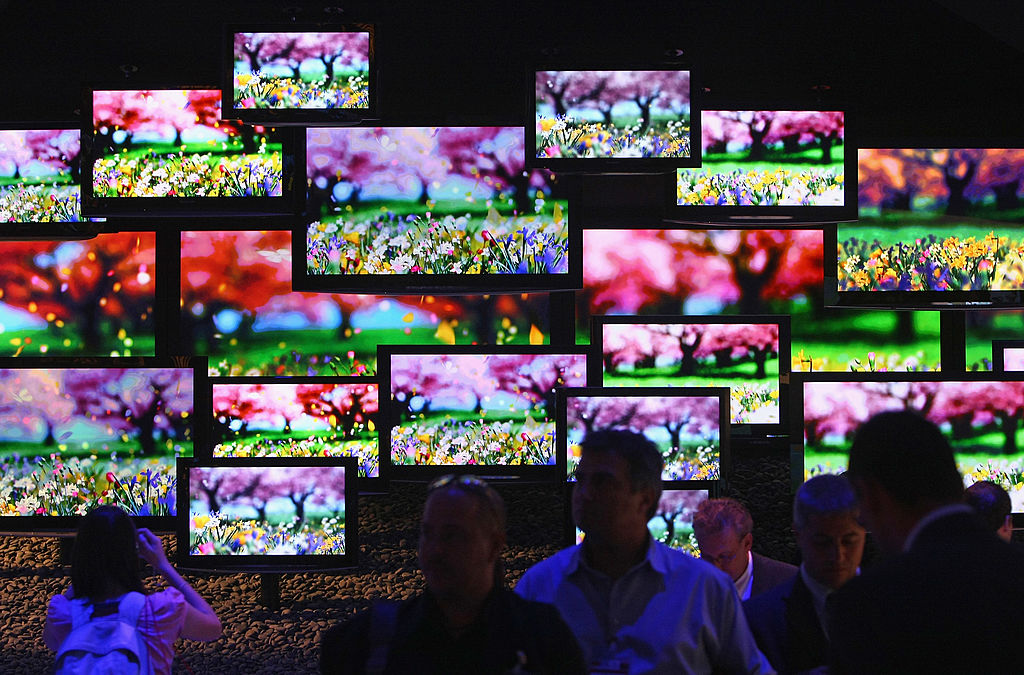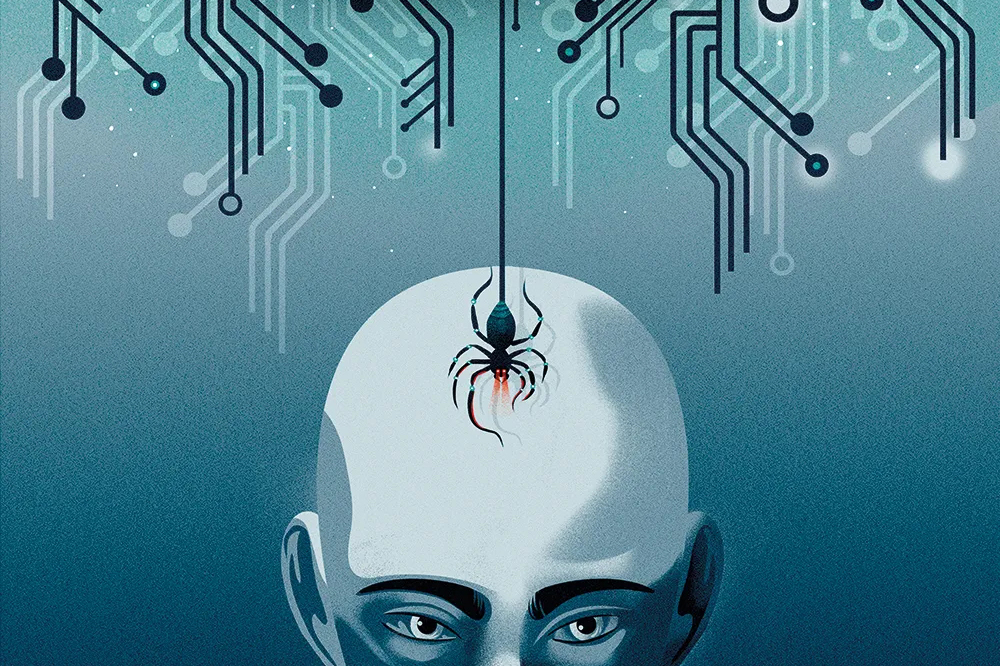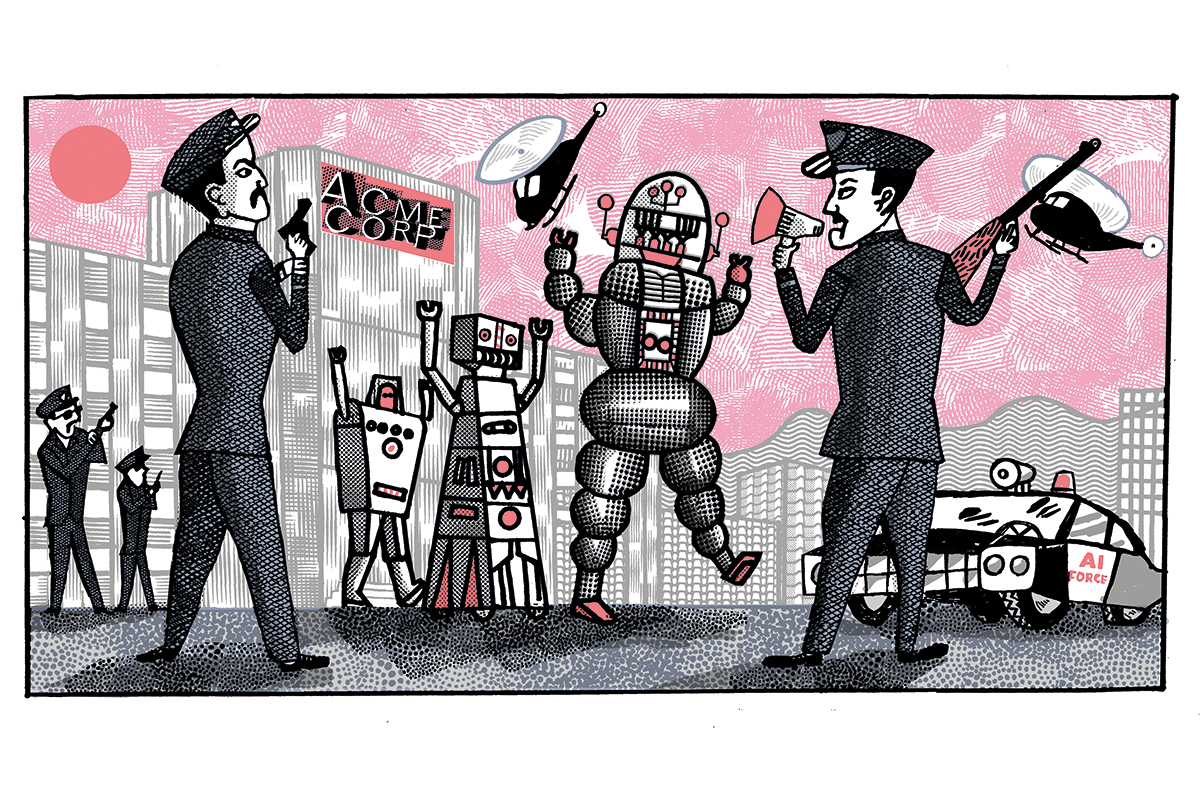In the Phetasy.com book club, we recently read the famous social science tome, Bowling Alone, by Robert Putnam. In it he examines the decline of social capital across various facets of American life. Based on his 1995 essay of the same title, the book was groundbreaking when it appeared in 2000. Putnam had noticed a trend: Americans were spending more and more time alone. His book analyzed the data and contemplated what it meant for our democracy and humanity.
Although his observations were a harbinger of the oft-cited “epidemic of loneliness” we are currently living through, in our post-Trump, post-pandemic pre-maggedon reality, Bowling Alone reads like a nostalgic look at the good ol’ days. Days when people still interacted at all. When we used bank tellers and not mobile deposit. When you looked the grocery store clerk in the eye and had an awkward conversation. The days before an online bookshop would morph from a cute startup in a garage to a global behemoth that would destroy Main Street, kill mom’n’pops and will soon be sending your toothbrush and nasal strips via an army of delivery drones.
However bad Putnam thought it was, it has become considerably worse. But of all the trends Putnam analyzed — political, civic, religious, work, volunteering, socializing — the most striking to me was the effect of the television. In terms of general adoption, the TV took an accelerated seven years from 1948 to reach 75 percent of American households. For some perspective, consider that the refrigerator took twenty-three years.
“The single most important consequence of the television revolution has been to bring us home,” Putnam says. He observes that when people talked about having a “quiet evening at home,” it was really just a night at home watching TV.
I came of age in the Nineties and there was a lot of talk about the “boob tube.” Everyone was worried that it would make us stupid and fat and lazy. Turns out — those fears were accurate! However, fears about the television seem positively quaint by today’s standards. People used to tell parents not to let their kids watch TV at all. The experts of today (many of whom were latchkey kids raised by TV) have given up on that entirely as the TV has become another family member and screens are ubiquitous. Instead, they recommend limiting it to an hour or less of high-quality media that you watch together.
What Putnam couldn’t possibly have seen at the dawn of the technological revolution is how much worse the “bowling alone” phenomenon would get with the addition of the smartphone and the internet. I was waiting tables during the portable computer revolution. In the course of just a few years people went from dining together to dining together, alone. Entire families eating together, all looking at their phones.
My Gen Z nephews look at the TV like a telephone landline. Why would they be chained to one room, at the mercy of other people’s preferences, when they can roam freely from place to place, consuming whatever content their heart desires?
There is a line in Bowling Alone that made me laugh out loud. Putnam wrote, “Some see hope in the rise of news on the Internet or the all-news cable channels. It is still too early to predict the long-run effects of these new channels,” Putnam wrote. He adds, “That said, the early returns are not encouraging.”
Adorable. Cable news is dead. Cable broadcasts get fewer viewers than many YouTube streamers. Trump will probably be our next president, again. Now we are fat and lazy and also outraged and misinformed and distracted. Our attention spans are shredded by the multiple devices and social media constantly capturing our attention.
I’ve written about my generation’s apathy before — but what struck me reading this book is that everything is so much worse than my generation’s greatest pessimists predicted. We had it so good, and we were so “whatever” about it.
Who could have imagined nurses dancing on social media when we were all locked up for a pandemic? Who could have foreseen the Tide Pod challenge? The trans contagion among teens? Foreign adversaries can conduct psyops en masse in broad daylight. Certain kids who have spent too much time on TikTok believe that there was no way Helen Keller could have been blind since she could read and write books. Globalists daily attempt to convince us plebs to eat bugs — and seem to be succeeding. Women sell not only their bodies, but jarred farts and armpit hair.
Although there was one man who was a pessimist of my time and knew a thing or two about spending time alone who did see this all coming: “Uncle Ted,” as some Gen Z kids who have discovered Ted Kaczynski’s manifesto lovingly refer to him online. Yes, in another strange twist not even Uncle Ted could have predicted, he has legions of online fans who only wish he hadn’t bombed people because it takes away from the power of his prescient writing about exactly where our technology would lead us.
We didn’t know it at the time, but we were living in the good ol’ days. And you are too. The companies founded today will be ruining your tomorrow. Happy New Year!
This article was originally published in The Spectator’s January 2024 World edition.






















Leave a Reply